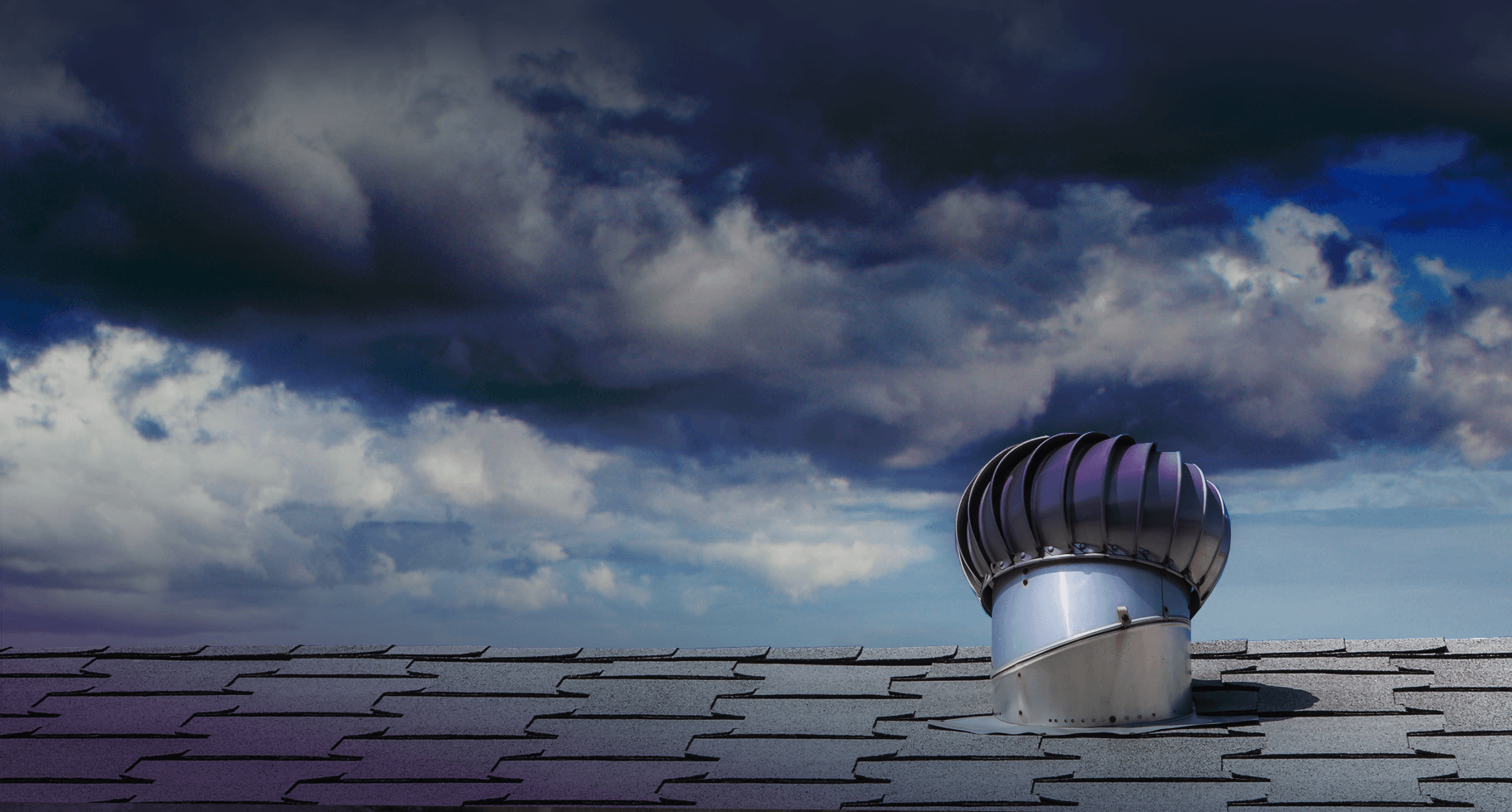Ok good to know..
Ill double check today and see how its vented and if the front/back is also vented as the side. If so, I just might do the ridge vent and add some more insulation myself, since I want to add some to the top of the garage.
Ill double check today and see how its vented and if the front/back is also vented as the side. If so, I just might do the ridge vent and add some more insulation myself, since I want to add some to the top of the garage.



Comment